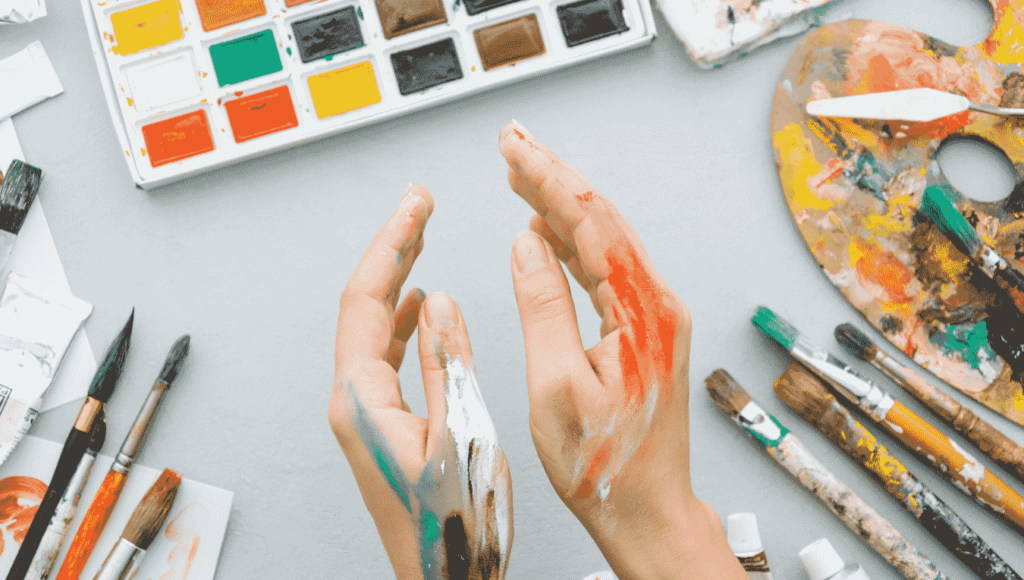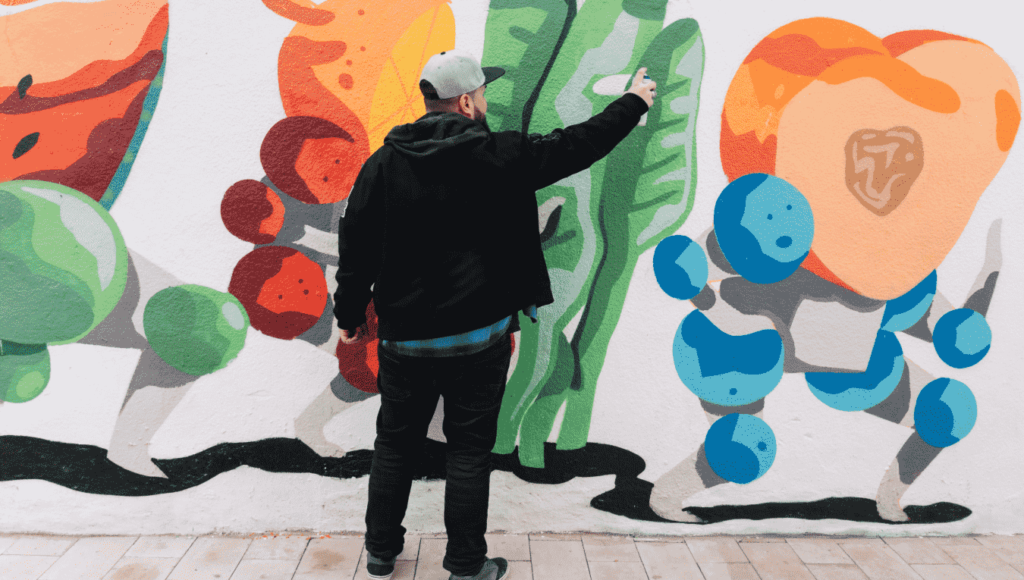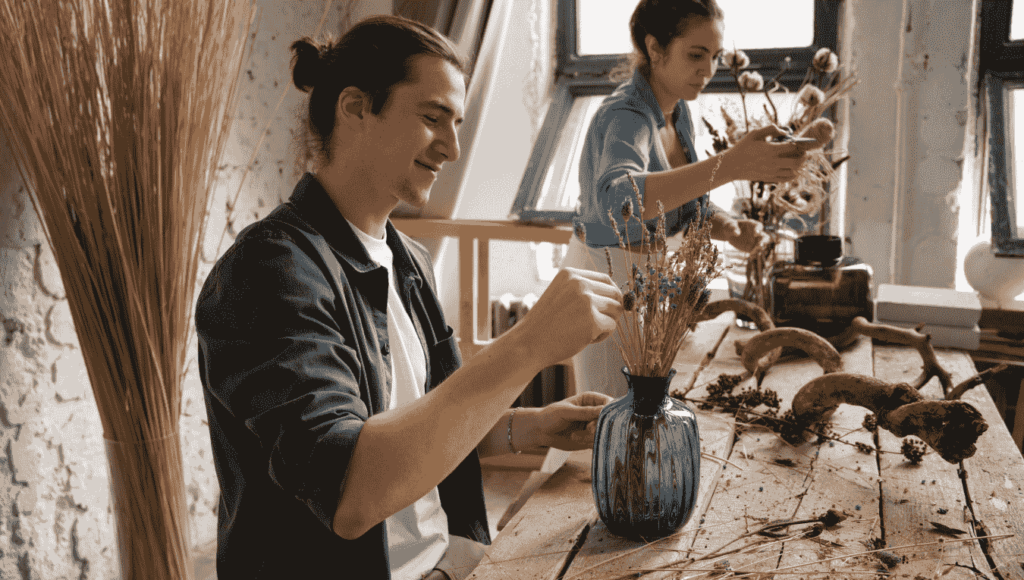Art
Art Therapy: Healing Through Creativity
by: Podelit

Imagine a world where a paintbrush replaces words, a lump of clay eases stress, or vibrant colors provide clarity. This is the essence of art therapy—a powerful tool that bridges creativity and healing. Whether you’re navigating emotional challenges, looking to rediscover yourself, or simply seeking calm in a chaotic world, art therapy offers a transformative path to emotional well-being.
In this blog, we’ll explore what art therapy is, how it works, its benefits, and how you can incorporate it into your life to foster healing and personal growth.
What Is Art Therapy?
Art therapy is a form of psychotherapy that uses creative processes like drawing, painting, sculpting, and other artistic activities to help individuals express themselves, process emotions, and improve mental health. Unlike traditional therapy, art therapy focuses on expression through creativity rather than verbal communication.
A key point to remember is that art therapy doesn’t require any artistic skills. It’s not about creating a masterpiece—it’s about expressing yourself and uncovering feelings or thoughts that might be hard to articulate otherwise.
Art therapy has roots in both art and psychology, blending the therapeutic benefits of self-expression with the structured guidance of a certified art therapist. It is used in various settings, including mental health clinics, hospitals, schools, and even private practices.
How Art Therapy Works
Art therapy involves guided creative exercises led by a trained art therapist who helps individuals explore their emotions through art-making.
Here’s how it works:
- Engaging in Creativity: You might start by painting an abstract image to represent how you’re feeling or sculpting a shape that symbolizes a particular memory.
- Reflection: After creating, you and your therapist reflect on the piece. It’s not about how the art looks, but what it represents to you.
- Emotional Exploration: Through discussion, you uncover deeper feelings, thoughts, and insights connected to the artwork.
This process helps individuals process complex emotions, reduce stress, and gain clarity about themselves and their experiences.
Benefits of Art Therapy
Art therapy offers a wide range of benefits, making it a versatile tool for emotional healing.
1. Emotional Expression
Art therapy provides a safe space to express feelings that might be difficult to verbalize. Whether it’s anger, sadness, or joy, art allows these emotions to take shape and be understood.
2. Stress Reduction
Engaging in creative activities has been proven to lower stress levels by reducing cortisol, the stress hormone. The act of drawing, painting, or sculpting can be meditative, offering a sense of calm and mindfulness.
3. Improved Mental Health
Art therapy has been effective in treating anxiety, depression, PTSD, and other mental health challenges. It provides individuals with coping mechanisms and a constructive outlet for their struggles.
4. Enhanced Self-Esteem
Completing a creative project, no matter how small, fosters a sense of achievement and boosts confidence. The act of creating something tangible reinforces feelings of capability and worth.
5. Promotes Healing
For individuals coping with trauma, grief, or chronic illness, art therapy can serve as a tool for processing and finding meaning in their experiences.
Who Can Benefit from Art Therapy?
One of the most beautiful aspects of art therapy is its accessibility. It’s suitable for people of all ages and backgrounds.
- Children and Adolescents: Art therapy can help young individuals express emotions they might not yet have the words for. It’s often used in schools or for those dealing with developmental challenges.
- Adults: From managing stress to addressing deep-seated trauma, art therapy is widely used in adult mental health care.
- Seniors: For older adults, art therapy can stimulate cognitive function, improve mood, and reduce feelings of isolation.
- Specific Populations: Trauma survivors, individuals with chronic illnesses, and people recovering from addiction often benefit greatly from art therapy.
Techniques Used in Art Therapy
Art therapists use a variety of techniques to encourage emotional exploration and healing.
1. Painting and Drawing
These classic mediums allow individuals to create images that represent their emotions, thoughts, or memories. For example, painting an abstract piece might help someone visualize their inner chaos or peace.
2. Collage Making
By piecing together images, words, and colors, individuals can create collages that symbolize their goals, dreams, or challenges.
3. Clay Sculpting
Working with clay provides a tactile experience that can be grounding and therapeutic. Sculpting often helps individuals explore their sense of control and creativity.
4. Art Journaling
Combining writing and drawing, art journaling is a powerful way to document feelings, experiences, and personal growth over time.
Real-Life Success Stories
The impact of art therapy is evident in countless success stories:
- A Trauma Survivor: After experiencing significant trauma, a woman used art therapy to process her emotions and regain her sense of self. Through painting, she was able to express her pain and gradually find peace.
- Children with Autism: Many children on the autism spectrum benefit from art therapy, which helps them communicate and develop social skills in a non-verbal way.
- Veterans with PTSD: Programs like the National Endowment for the Arts’ Creative Forces initiative use art therapy to help veterans cope with post-traumatic stress.
How to Get Started with Art Therapy
If you’re curious about art therapy, here’s how you can begin:
- Find a Certified Art Therapist: Look for professionals who are trained and licensed in art therapy. They can guide you through personalized exercises tailored to your needs.
- Explore on Your Own: If professional sessions aren’t accessible, try incorporating creative activities into your routine. Start small, like doodling during moments of stress or creating a vision board for your goals.
- Join a Group: Many community centers and online platforms offer art therapy workshops or classes. These can provide a supportive environment to explore creativity.
Art therapy is a gentle yet profound way to heal, grow, and reconnect with your inner self. Whether you’re dealing with emotional challenges or simply looking for a way to relax and reflect, creativity can open doors to deeper understanding and resilience.
Remember, it’s not about being an artist—it’s about expressing what’s in your heart and mind. So pick up a brush, a pencil, or even a piece of clay, and let your creativity guide you on a journey of healing and discovery.
What would your first art therapy project look like? Perhaps a colorful depiction of hope or a calming abstract pattern? Whatever it is, take the first step and see where creativity takes you.


